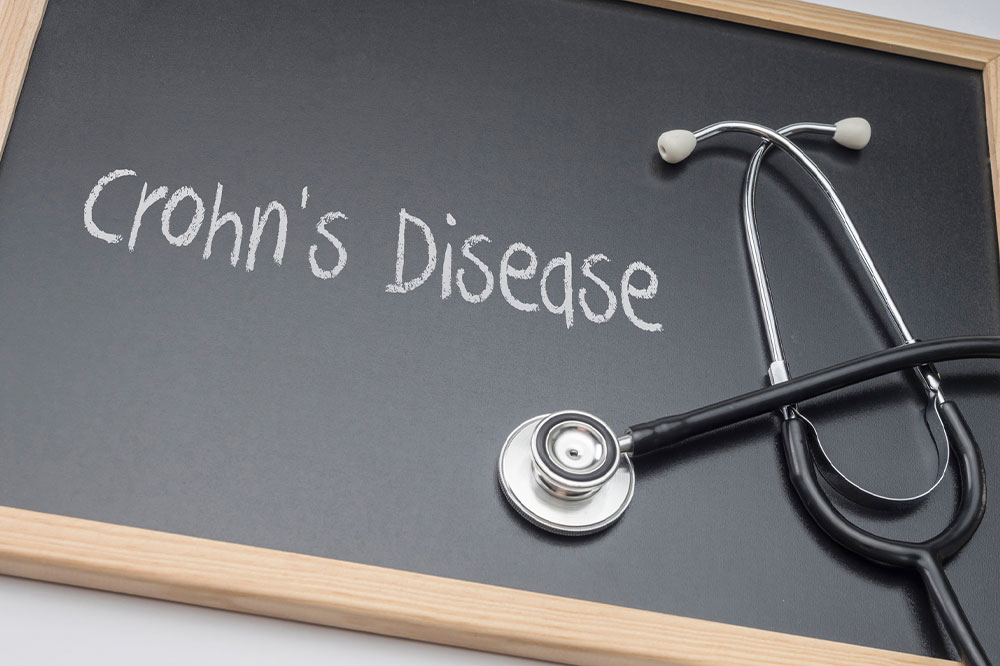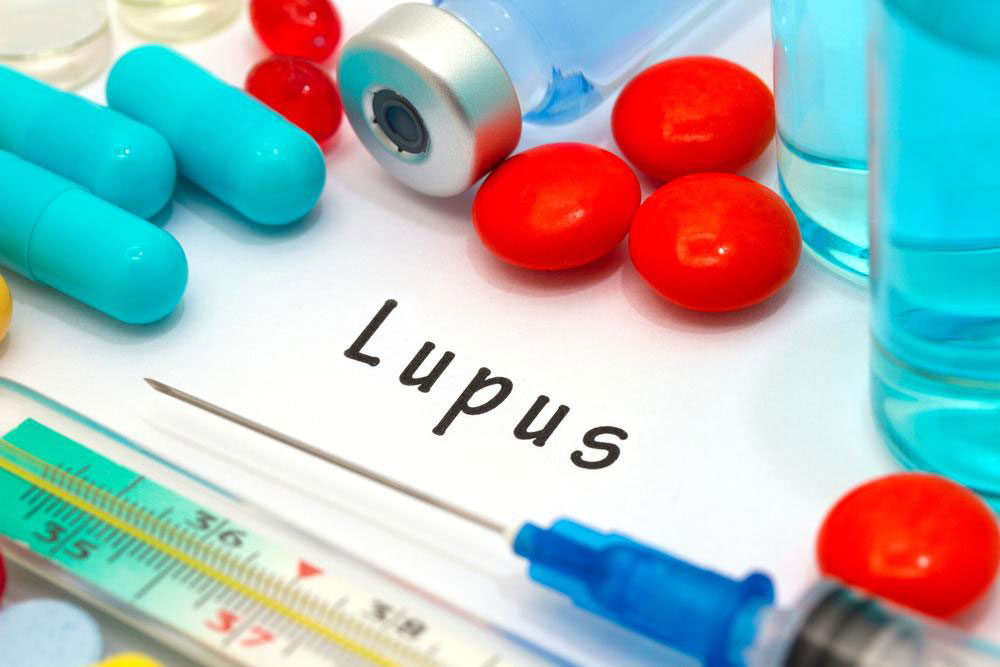Understanding Crohn’s Disease: Symptoms, Diagnosis, and Management
Crohn’s disease is a chronic inflammatory bowel condition characterized by symptoms such as abdominal pain, diarrhea, and fatigue. Diagnosis involves various imaging and lab tests, while treatment aims to reduce inflammation through medications, dietary adjustments, and in severe cases, surgery. Lifestyle modifications and complementary therapies can help manage symptoms and improve quality of life. Early detection and proper care are crucial for controlling this lifelong disease, enabling patients to lead healthier lives despite their condition.

Understanding Crohn’s Disease: Symptoms, Diagnosis, and Management
Crohn’s disease is a chronic inflammatory condition affecting the digestive tract. It causes swelling, ulcers, and sores in various parts of the gastrointestinal system, most commonly in the last segment of the small intestine and the beginning of the large intestine.
The exact cause of Crohn’s disease remains unknown. It is believed to involve an abnormal immune response to intestinal bacteria, possibly triggered by genetic factors, contaminated food, or environmental influences like smoking.
Family history can increase the risk of developing Crohn’s disease, especially if a close relative is affected. Common symptoms include abdominal pain and frequent diarrhea, which can occur 10-20 times daily and may include blood. Less typical signs involve mouth sores, anal fissures, fistulas, and intestinal blockages. Smoking and environmental factors can also influence symptom severity.
Prominent Crohn’s symptoms include:
Abdominal Discomfort
Usually characterized by cramps that are intermittent and tender when pressed. As the disease progresses, pain can become persistent and dull.
Severe Diarrhea
Up to 20 bowel movements a day are possible, often with blood. Blood in stool indicates intestinal bleeding.
Fever
High fever might suggest an associated infection like an abscess.
Appetite Loss
Symptoms such as diarrhea often lead to decreased hunger and weight loss.
Iron Deficiency Anemia
Blood loss through stools or inflammation impairs red blood cell production, causing anemia.
Anal Fissures
Small tears in the anal area may cause pain and discomfort. Additional symptoms can include joint pain, eye inflammation, skin rashes, or liver issues.
Diagnosis Process
Physical exams, imaging tests like Barium X-rays, and laboratory analyses assist in detection.
Colonoscopy and sigmoidoscopy enable direct visualization of the colon and can biopsies to confirm diagnosis.
Stool tests are performed to identify blood or pathogens related to Crohn’s.
Advanced imaging such as CT scans or MRIs helps assess the extent of intestinal involvement.
Treatment primarily focuses on reducing inflammation and preventing flare-ups, with medications or surgery for severe cases.
The choice of therapy depends on symptom severity and disease location.
Managing Crohn’s Disease
Mild cases may respond to anti-diarrheal drugs that ease spasms.
Moderate symptoms might require antibiotics like aminosalicylates.
Severe cases often need corticosteroids, biologics, or immune-suppressing medications. Treatment aims to control symptoms and prevent complications.
In extreme cases, nutritional support via feeding tubes or IV nutrition may be necessary.
Diet plans emphasizing high-protein, high-calorie foods support nutrient absorption.
Living with Crohn’s can be challenging, prompting many to seek complementary approaches such as vitamins, herbal remedies, or relaxation techniques to improve quality of life.
Important Notice:
Our blog offers extensive health-related information, compiled for educational purposes. Readers should treat the content as general knowledge and consult healthcare professionals for personalized advice. We are not responsible for discrepancies or inaccuracies in medical information across different sources. Additionally, some treatments, schemes, or offers may not be covered by our content.










